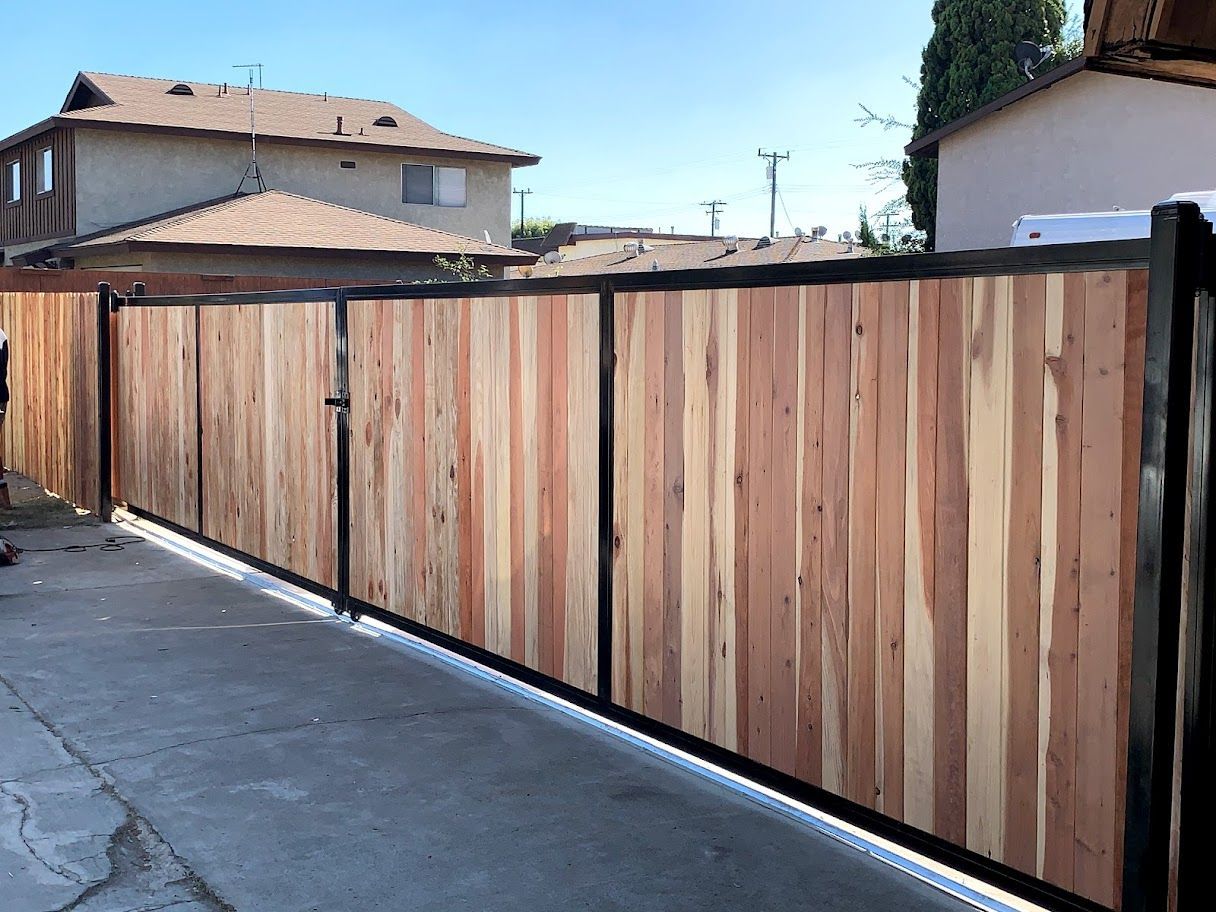All Categories
Featured
Mounting a fencing around your residential or commercial property is a significant financial investment that requires appropriate preparation and prep work to ensure a smooth procedure. Whether you're including a fencing for safety, privacy, or aesthetic allure, taking the essential steps before installment can help stay clear of difficulties down the line. Right here's a guide on exactly how to prepare your residential or commercial property for fence setup and ensure everything goes according to strategy.
![]()
![]()
![]()
Conclusion. Correct prep work is key to an effective fence installation. By taking the time to establish your building lines, clear the installation location, look for below ground utilities, and interact with your neighbors, you can ensure that the procedure goes smoothly and avoid unexpected problems. With the right preparation, your brand-new fence will not only improve your residential property's appearance yet also give the safety and security and privacy you need.
- Know Your Building Borders. The very first step in preparing your home for fence installment is establishing your building lines. It's important to recognize where your boundaries are to prevent setting up the fence also close to your next-door neighbor's residential property and even on their land. To determine your boundaries, assess your residential property deed, inspect a map from your regional city or area office, or employ a specialist surveyor to mark the building lines properly. By knowing specifically where your land ends and begins, you can stay clear of pricey errors and possible conflicts with next-door neighbors.

- Understand Local Laws and Permits. Various areas have different policies relating to fencing height, products, and placement. Be certain to stick to all local policies to stay clear of fines or having to take the fencing down after setup.
- Clear the Fencing Line. When you've established where the fence will certainly go, you'll require to get rid of the area. Eliminate any plants, trees, rocks, or particles that might obstruct the fencing installation procedure. If there are overgrown plants, think about cutting or removing them to make the location extra accessible. Cleaning the area guarantees that the fencing setup can continue without hold-ups and helps to prevent damages to plants you might desire to maintain. If the fencing line gets on sloped or unequal ground, take into consideration whether any grading or leveling is required.
- Mark Underground Utilities. Before you start digging post openings, check for any kind of below ground utilities such as water pipelines, gas lines, or electric cords. Exploring these energies can be expensive and unsafe. Several locations have a "phone call prior to you dig" service that can mark the places of below ground lines completely free. Get in touch with your local utility firms to ensure that no below ground energies will hinder your fencing installation. This step will certainly assist avoid crashes and delays during the setup procedure.
- Review with Next-door neighbors. Setting up a fence on a common residential or commercial property line or near a neighbor's home requires open interaction to avoid disputes. Talk about the fencing's place, elevation, design, and materials, particularly if the fence will be on or near a boundary line.

- Select the Right Fencing Type and Product. Choosing the ideal type and product for your fencing is a vital action in preparing for setup. Consider aspects like the objective of the fencing (privacy, safety, visual appeals), regional climate conditions, and the quantity of maintenance you're ready to do.
- Establish a Realistic Budget. Fence jobs can vary in price based upon products, dimension, and the intricacy of the setup. Prior to beginning, develop a budget that includes all possible prices-- materials, labor, permits, and any type of unanticipated expenditures. Ask for estimates from multiple specialists to ensure you're obtaining a reasonable rate if you're hiring experts to mount the fence. Element in the lasting maintenance prices of the fence to ensure that the type of fence you select fits within your general budget.

- Get Ready For Installment Day. As setup day methods, ensure that your residential or commercial property is prepared for the job to begin. By preparing the area for the crew, you can help ensure that the installment goes as smoothly and efficiently as feasible.
Conclusion. Correct prep work is key to an effective fence installation. By taking the time to establish your building lines, clear the installation location, look for below ground utilities, and interact with your neighbors, you can ensure that the procedure goes smoothly and avoid unexpected problems. With the right preparation, your brand-new fence will not only improve your residential property's appearance yet also give the safety and security and privacy you need.
Latest Posts
Explore Affordable Auto Repairs with Montclare’s Monthly Service Specials
Published May 24, 25
1 min read
Uncover Brake Repair & More: Comprehensive Auto Care Solutions from Montclare Auto Repair
Published May 23, 25
1 min read
Shield and Improve Your Home with Weathercraft's Exterior siding Solutions
Published May 22, 25
1 min read
More
Latest Posts
Explore Affordable Auto Repairs with Montclare’s Monthly Service Specials
Published May 24, 25
1 min read
Uncover Brake Repair & More: Comprehensive Auto Care Solutions from Montclare Auto Repair
Published May 23, 25
1 min read
Shield and Improve Your Home with Weathercraft's Exterior siding Solutions
Published May 22, 25
1 min read